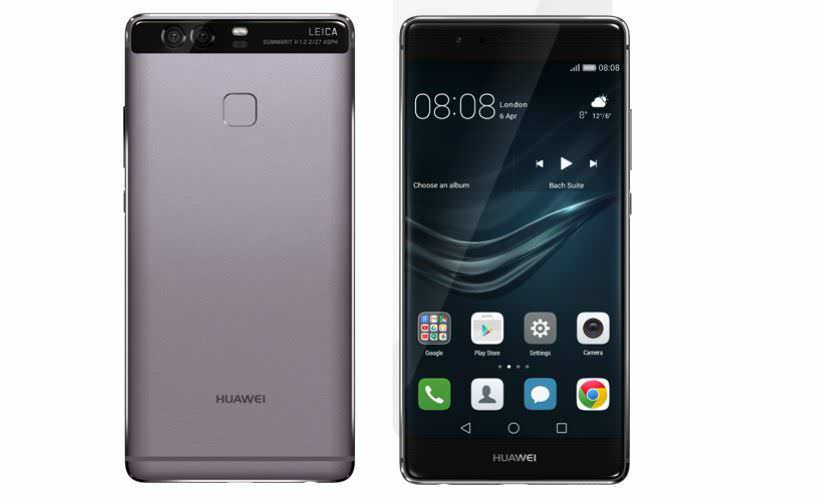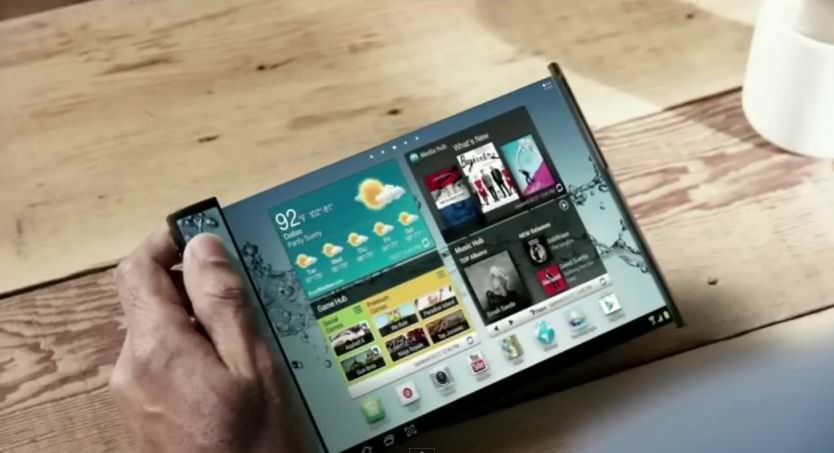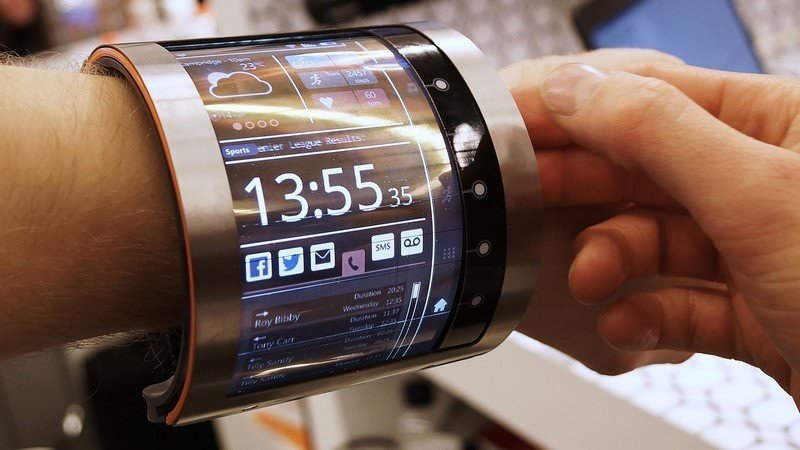Tablets already saw their sales going down, their market reaching the stale point because users just don’t need new models, their current models being more than capable enough for most usage scenarios. Because of this fact, you don’t see manufacturers making tons of new models anymore; they just can’t make a profit on tablets any longer. Technology advanced enough for new tablets to become practically unnecessary, obsolete. The main reason for this is the fact that tablets are devices used for consuming content; if want something done, you’ll pick up your laptop or use PC. Their screens are too small, their keyboards are just aren’t made for serious work, apps available aren’t advanced enough to create content.
2016, The First Year When Smartphone Market Saw A Decline In Sales
It seems that similar situation is happening in the smartphone world. They become so powerful that putting more advanced CPUs is just not enough to make new flagship models tempting enough to buy them. full HD resolution is more than enough for everything except VR, and 2 GB of RAM is enough for a seamless multitasking. Flagships from 2014 are still fast enough to make a switch to newer models obsolete, and even mid-tier models from this year are capable enough to perform 99 percent of things you can do on much more powerful devices. The “breakthroughs” we see today are usually made in the fields of design, UI, camera and ease of use (like adding a fingerprint scanner or force touch technology).
Users noticed this, making 2016 the first year when we haven’t seen a growth in smartphone sales, instead, sales declined by 3 percent. Linda Sui, director at Strategy Analytics explained that smartphone growth “is slowing due to increasing penetration maturity in major markets like China and consumer caution about the future of the world economy.”
The Rise Of Chinese Manufacturers

Another reason for a decline in sales is the rise of Chinese manufacturers; they offer great devices at low prices. You can get Mi5 for just $400, a device which packs top-of-the-line components, plenty of storage space, excellent design and more than a solid camera. Huawei found its way into top five world manufacturers because it offers almost the same specs as Samsung, HTC, or Sony, but for much less money. They swept Chinese market (the second biggest market in the world) with affordable models that are fast but still have a high level of quality, both in terms of software and hardware.
This lead to oversaturation of Chinese market, users there no longer perceive that they need a new phone because they can fulfill all their needs with current models. In a report by Gartner it is stated that, “In a slowing smartphone market where large vendors are experiencing growth saturation, emerging brands are disrupting existing brands’ long-standing business models to increase their share,” and that, “With such changing smartphone market dynamics, Chinese brands are emerging as the new top global brands. Two Chinese brands ranked within the top five worldwide smartphone vendors in the first quarter of 2015 and represented 11 percent of the market. In the first quarter of 2016, there were three Chinese brands – Huawei, Oppo, and Xiaomi – and they achieved 17 percent of the market.”

The result – saturation of most global markets. The world is filled with solid, powerful devices, and the average user just doesn’t have the urge, the desire to change their current phone. This will probably lead to the increased decline in sales, lower profit margins for most manufacturers and if there’s no meaningful (r)evolution in smartphone capabilities, market will experience a situation similar to what happened in PC and tablet world.
Is There A Way To Counter This Trend?

Firstly, the prices have to be lowered. It’s simple, no one wants to give lots of money just for slightly better specs, a new feature that hasn’t any real value (like QHD screen resolution), the same battery life and a slightly enhanced design.
There’s no more room for bigger screens, new processors will make smartphones just a few percent faster, and adding things like fingerprint scanner is just not enough. The solution could be VR, but mobile GPUs just aren’t powerful enough for any advanced VR content. Another possible silver lining is a modular design, but let’s face it, percent of users who are ready to switch modules, buy new ones, and go through all that hassle is just too small. There is one possible solution called flexible displays. They are not the same as curved displays which can be found on LG G Flex, or S7 Edge. Flexible displays can be folded, around your arm for instance, or just packed neatly in your pocket. Something like HoloFlex, but much more advanced.
 The problem with flexible displays is that technology just isn’t advanced enough for them to become consumer ready for at least a couple more years. Resolution is extremely low, and there’s also no components like CPU or battery that can be folded. When flexible display technology gets advanced enough, manufacturers will make a new revolution in the world of smartphones. You’ll be able to wear them around the arm and with a micro projector installed; a full-fledged keyboard will be projected on your hand, enabling you to chat without taking off the smartphone. Another benefit of flexible screens will be the fact that your phone will be always with you, not in your pocket but around your arm. The next chapter in smartphone saga will start when companies finally start producing fully flexible smartphones. Until that (or some other revolution) happens, smartphone sales will continue to decline.
The problem with flexible displays is that technology just isn’t advanced enough for them to become consumer ready for at least a couple more years. Resolution is extremely low, and there’s also no components like CPU or battery that can be folded. When flexible display technology gets advanced enough, manufacturers will make a new revolution in the world of smartphones. You’ll be able to wear them around the arm and with a micro projector installed; a full-fledged keyboard will be projected on your hand, enabling you to chat without taking off the smartphone. Another benefit of flexible screens will be the fact that your phone will be always with you, not in your pocket but around your arm. The next chapter in smartphone saga will start when companies finally start producing fully flexible smartphones. Until that (or some other revolution) happens, smartphone sales will continue to decline.

